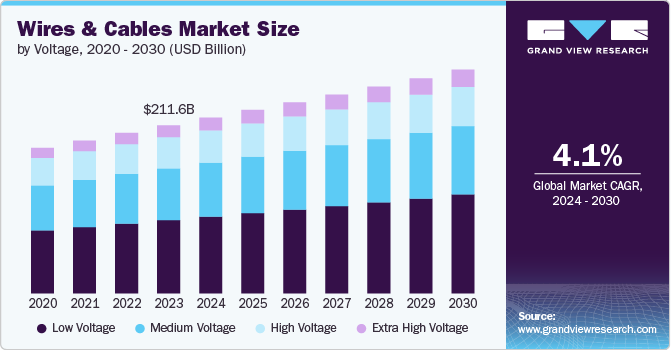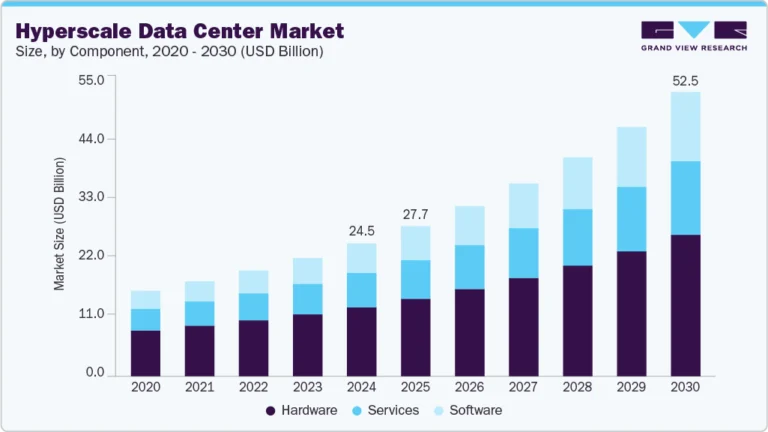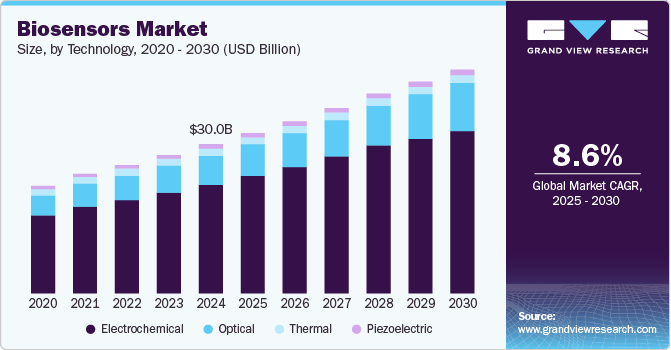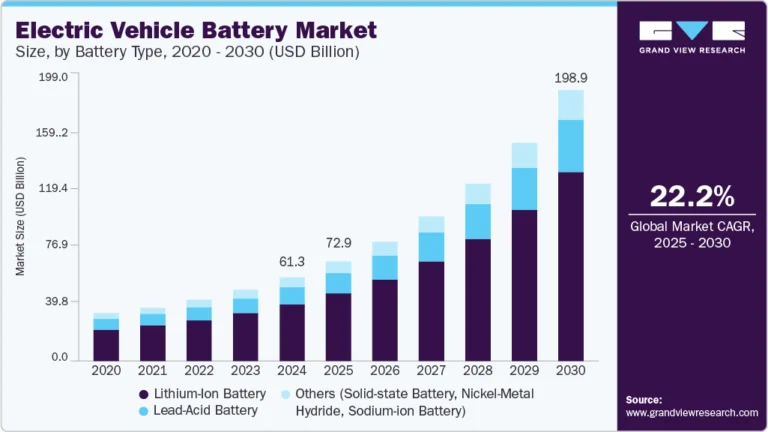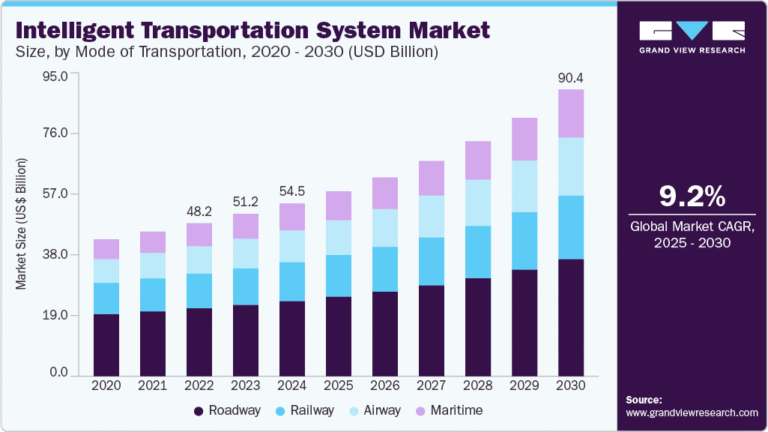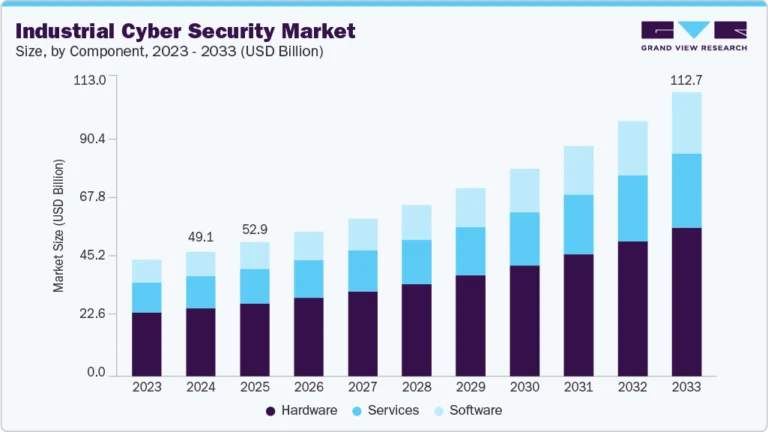Hydrodesulfurization Catalysts Market Size, Share & Trends Analysis grow at a CAGR of 5.7% from 2025 to 2030

The global hydrodesulfurization catalysts market size was valued at USD 2.96 billion in 2024 and is projected to grow at a CAGR of 5.7% from 2025 to 2030. The market growth can be attributed to stringent regulatory standards promoting cleaner and low-sulfur fuels. In addition, increasing demand for ultra-low sulfur fuels, particularly in the transportation and marine sectors, is also significant. Furthermore, the expansion of refineries and advancements in catalyst technologies enhance efficiency and performance, further stimulating market growth.
Request a free sample copy or view report summary: https://www.grandviewresearch.com/industry-analysis/hydrodesulfurization-catalysts-market/request/rs1
Hydrodesulfurization (HDS) is a vital process in petroleum refining and natural gas processing, designed to eliminate harmful pollutants such as hydrogen sulfide (H2S) and sulfur dioxide (SO2). By converting these sulfur compounds into less harmful substances, HDS plays a crucial role in producing cleaner fuels, including ultra-low-sulfur diesel and sulfur-free petrochemicals. These cleaner fuels are essential for various combustion applications, including motor vehicles, industrial facilities, and marine vessels. The process employs noble metal catalysts such as cobalt-molybdenum and nickel to facilitate the conversion of sulfur-containing compounds, ensuring compliance with stringent environmental regulations aimed at reducing air pollution.
The hydrodesulfurization catalysts industry is experiencing significant growth, driven by increasing regulatory pressures for low-sulfur fuels and rising demand across multiple industries. As countries implement stricter emission reduction standards, the need for cleaner fuels becomes more pronounced. HDS is also used to desulfurize jet fuels and gasoline to meet environmental requirements. This growing focus on sustainability addresses health concerns related to air quality and aligns with global climate initiatives, making HDS an integral part of the transition toward greener energy solutions.
Type Insights
The load type segment dominated the market and accounted for the largest revenue share of 89.6% in 2024, primarily driven by the effectiveness of supported catalysts in enhancing hydrodesulfurization activity. In addition, key elements such as the type of support, active components, and sulfidation conditions significantly influence catalyst performance. As refineries increasingly focus on producing ultra-low sulfur fuels, the demand for load-type catalysts is expected to rise, supporting regulatory compliance and cleaner fuel production.
The non-load type segment is expected to grow at a CAGR of 6.2% over the forecast period, owing to its high activity levels, which are approximately 2.5 to 3 times greater than those of supported catalysts. In addition, the segment growth is fueled by stringent environmental regulations requiring refineries to produce low-sulfur fuels. Eco-friendly synthesis methods, such as hydrothermal and precipitation techniques, further enhance its appeal. Furthermore, the increasing regulatory pressures and demand for cleaner fuels propel the non-load type catalysts market forward.

